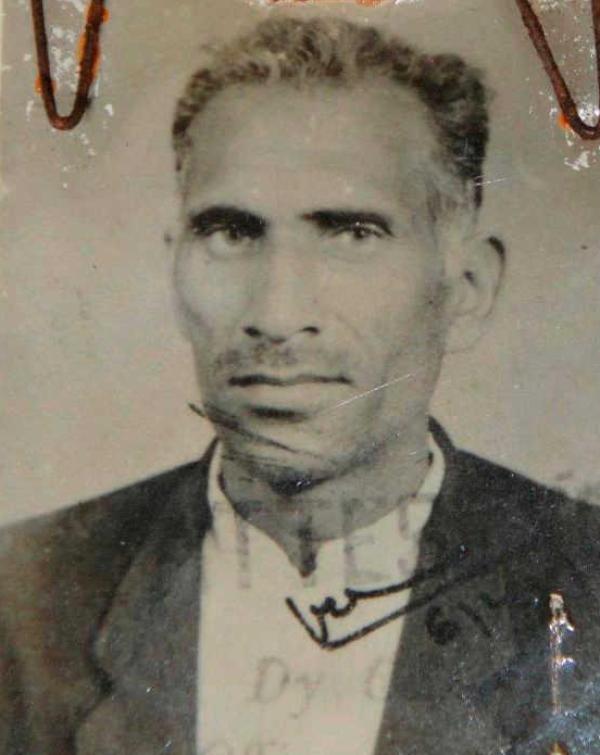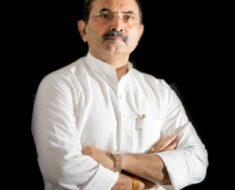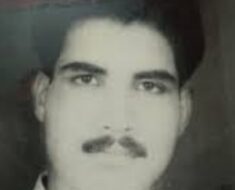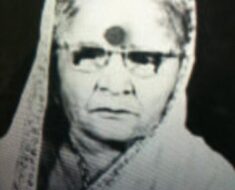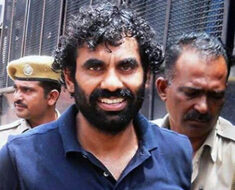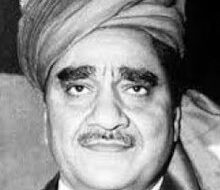This blog post delves into the fascinating and complex life of Paan Singh Tomar, a celebrated athlete and soldier who became a rebel. His story transcends the simple labels often applied to him.
Wiki/Biography
Paan Singh Tomar was born on Friday, January 1, 1932 (age 49 at the time of death) in Bhidosa, near Porsa in Morena district, Madhya Pradesh, India. He grew up amidst the Chambal ravines, a region known for its harsh realities and where violence was commonplace. His life story highlights the stark contrast between his athletic achievements and his later life as an outlaw.
Physical Appearance
Height (approx.): 6’ 1”
Family & Caste
Paan Singh Tomar hailed from a Kshatriya family in Morena. His father was Eashwari Singh Tomar. His paternal grandfather had two wives, resulting in a large extended family including his elder brother, Maatadeen, and several cousins who would later play significant roles in his life.
Relationships, Wife, and Children:
- Married to Indira Singh Tomar.
- Six children: two sons (Hanumant Singh and Souram Singh Tomar) and four daughters.
- His sons served in the Indian Army.
- Hanumant Singh tragically died in a road accident in 1985.
- Souram Singh Tomar, a retired Indian Army subedar, provides valuable insights into his father’s life.
Career
Military
Paan Singh served as a Subedar (Warrant Officer) in the Bengal Engineers Regiment at Roorkee. His exceptional running ability led to his assignment to the army’s sports wing, where he achieved national and international acclaim.
Sports
His entry into sports is legendary—an argument with an instructor leading to him being recognized for his talent. He became a seven-time national steeplechase champion and represented India at the 1958 Asian Games in Tokyo. His athletic career ended in 1972, but his athletic legacy continued to be discussed amongst coaches years later.
His achievements include:
- Seven-time national steeplechase champion.
- Represented India at the 1958 Asian Games.
- Held a national record in the 3000-meter steeplechase for over ten years.
A Brilliant Runner Who Could Never Touch the Finish Line
Paan Singh’s life, despite his athletic prowess, took an unexpected turn. While he excelled on the track, his personal journey took a difficult path.
Land Dispute: Making of a Baaghi
The catalyst for his transformation into a rebel was a land dispute. His brother’s sale of family land led to conflict with his cousins, escalating tensions and leading to violence.
A Self-Proclaimed Baaghi
After taking revenge on his cousins, Paan Singh declared himself a Baaghi, operating within the Chambal ravines. He engaged in kidnappings and other criminal acts, often leaving signature ransom notes.
A Dacoit or Baaghi?
His actions led to his classification as a dacoit in police records. However, his family and friends viewed him as a victim of circumstance and injustice, highlighting the differing perspectives on his legacy. The film “Paan Singh Tomar” adds another layer to this debate.
Death
Paan Singh Tomar was killed on October 1, 1981, at the age of 49, in a police encounter in Rathiankapura village, Madhya Pradesh.
Last Hours
His final hours involved a lengthy gunfight with police. Accounts of his death vary, with some suggesting foul play. His death marked the end of a remarkable, albeit controversial life.
He Was a Casteist
Accounts suggest Paan Singh held prejudiced views toward Dalits, further complicating his legacy.
He Challenged the Chief Minister
After his brother’s death, Paan Singh issued a direct challenge to the Chief Minister, further escalating his conflict with authorities.
Facts/Trivia
Various anecdotes paint a picture of Paan Singh’s personality: a jolly man who enjoyed card games but also possessed a volatile temper.
| Fact | Detail |
|---|---|
| Nickname | Chachaji |
| Police Code Name | A10 Gang |
| Drinking Habits | Moderate drinker, not a binge drinker |
| Temperament | Impatient and quick to anger |
Paan Singh Tomar’s story continues to fascinate and spark debate. His life serves as a complex case study of a man caught between his athletic greatness and a violent, tragic end. His story is more than just a simple narrative of a rebel; it’s a testament to the complexities of human nature and the societal forces that shape individual destinies.

